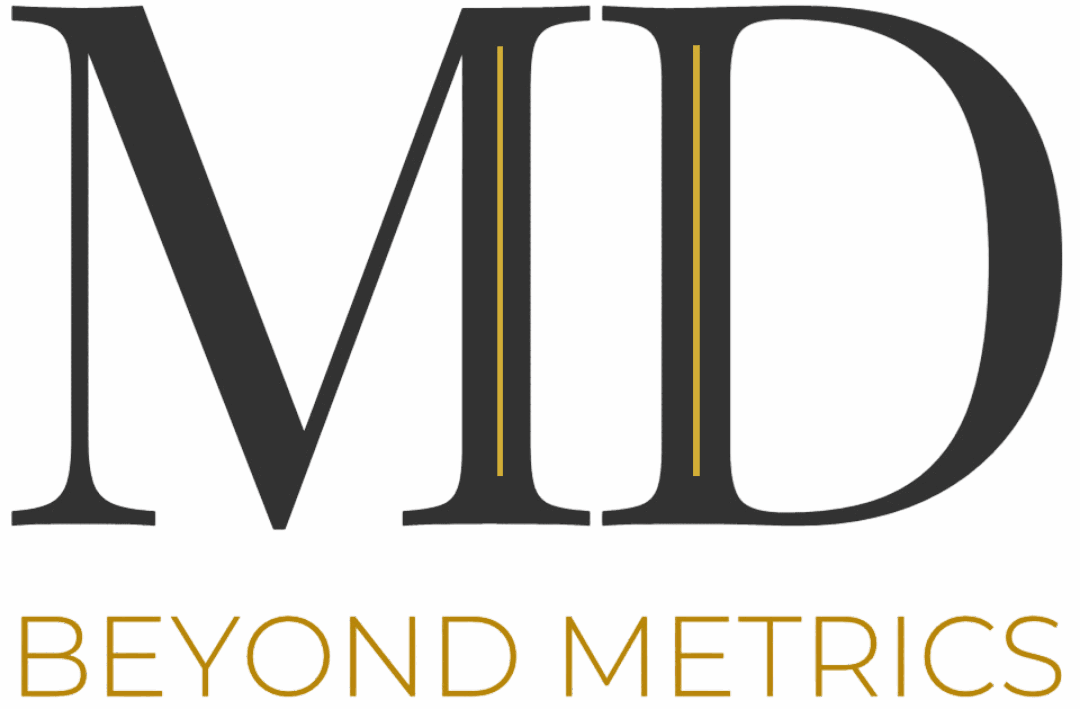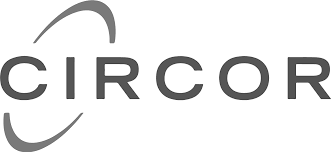Understanding Data Mining Software for Business Growth
Data mining software is an essential tool that helps businesses analyze vast amounts of data to uncover important customer trends, behaviors, segments, and patterns. Almost every organization collects historical data in different formats—even if not consciously—and data mining software enables actionable insights from this information.
Customer purchases, inquiries, service interactions, surveys, sales reports, and data from external partners all feed into these systems. With the right data mining software, businesses can extract meaningful intelligence to uncover hidden opportunities and address challenges effectively.
What is Data Mining and Why Software Is Important?
Data mining is the process of analyzing large datasets to discover patterns and relationships that can guide strategic business decisions. Data mining software automates and simplifies this process, allowing even non-technical users to segment customers, identify trends, and forecast behaviors.
Using dedicated software increases accuracy, scalability, and speeds up the discovery of insights. It ensures you aren’t overwhelmed by data complexity and helps focus on key metrics that drive growth.
Key Benefits of Using Data Mining Software
- Efficient Customer Segmentation: Quickly group customers by buying behavior, preferences, or value.
- Behavioral Pattern Identification: Detect changes in purchasing habits to anticipate churn or upsell opportunities.
- Targeted Marketing Campaigns: Use precise data segments to customize offers and increase response rates.
- Sales and Product Forecasts: Predict which products will be hot sellers next quarter or year.
- Improved Decision Making: Leverage actionable insights rather than intuition or guesswork.
3 Essential Questions Before You Start Data Mining
Before diving into data mining with software, clarify your goals to ensure the analysis delivers value. These three questions create a simple but powerful framework:
- What is the main purpose of my data mining? Define your objective clearly—for example, improving customer retention, boosting sales, or optimizing pricing.
- What variables or data attributes will I use? Choose meaningful metrics such as recency of purchase, frequency, or monetary value (RFM model), customer demographics, or product categories.
- How will I use the insights gained? Plan whether you’ll adjust marketing campaigns, personalize communications, or enhance product offerings based on segmentation.
This approach is called directed data mining or planned data mining and it is far more effective than exploratory mining without clear goals.
RFM Analysis: A Simple Yet Powerful Data Mining Methodology
One of the most popular data mining techniques embedded in many software solutions is RFM Analysis. It’s easy enough for business professionals without advanced analytical skills and powerful enough to generate actionable insights.
What is RFM Analysis?
RFM stands for Recency, Frequency, and Monetary value — three quantifiable customer behavior metrics that help segment your customer base effectively.
- Recency (R): How recently did the customer make a purchase?
- Frequency (F): How often does the customer make purchases?
- Monetary Value (M): How much does the customer spend over a period?
By scoring customers on these three variables, you create meaningful segments that reveal who your most valuable customers are and who needs more engagement or a different approach.
Implementing RFM with Data Mining Software
Most data mining software platforms support RFM and allow you to:
- Assign scores or categories for each R, F, and M attribute based on your business context.
- Combine scores to create segments like “high-value loyal customers” or “infrequent spenders.”
- Visualize segments to discover specific trends and adoption patterns.
- Personalize marketing efforts by targeting segments with tailored messages or offers.
Industry-Specific Examples of Using Data Mining Software
- Retail: Segment customers by recency and frequency to offer loyalty rewards or win back lapsed shoppers.
- Hospitality: Identify guests with the highest monetary spend to provide VIP treatment or exclusive promotions.
- Financial Services: Detect patterns signaling potential churn or upsell opportunities in credit card usage.
- Healthcare: Analyze patient behavior to improve appointment adherence or service customization.
Best Practices for Maximizing Value from Data Mining Software
- Clean and validate your data before analysis to avoid misleading insights.
- Continuously update your data mining models with fresh data for accurate segmentation.
- Integrate insights from data mining with CRM and marketing systems for automation.
- Train teams to understand and act on insights meaningfully.
Step-by-Step Data Mining and Customer Segmentation Guide
| Step | Action | Goal | Example |
|---|---|---|---|
| 1 | Define purpose | Clear objective for mining | Increase repeat purchases |
| 2 | Select variables | Relevant data variables | Recency, Frequency, Monetary |
| 3 | Prepare data | Validated, clean data | Remove duplicates, errors |
| 4 | Apply RFM analysis | Segment customers | Create 5 recency groups |
| 5 | Analyze results | Identify key segments | Find lost loyal customers |
| 6 | Implement actions | Personalized campaigns | Target re-engagement emails |
| 7 | Monitor & refine | Continuous improvement | Adjust campaigns monthly |
Additional Resources for Business Growth Using Data Mining
- 101 Ways to Win More Referrals & Word of Mouth
- Customer Retention & Loyalty Strategy Pack
- Small Business Growth Strategy Pack
- Marketing Plan Template
- Automated Excel Reporting
Leveraging data mining software is a transformative approach to maximizing customer insights and driving business success. Start by focusing on clear goals, apply simple yet powerful methodologies like RFM, and integrate your findings with actionable strategies to grow your business effectively.
To enhance your marketing plans with data-driven insights, consider exploring the Marketing Plan Template to put customer segmentation and data mining results into strategic action.
Start mining your data today — and turn information into impactful business growth.






























